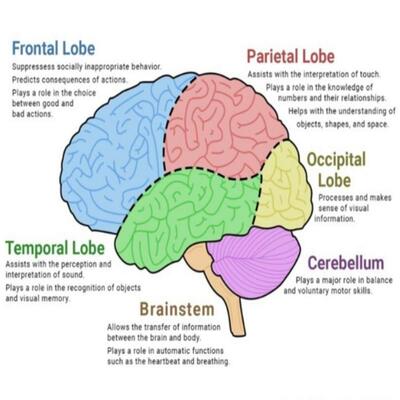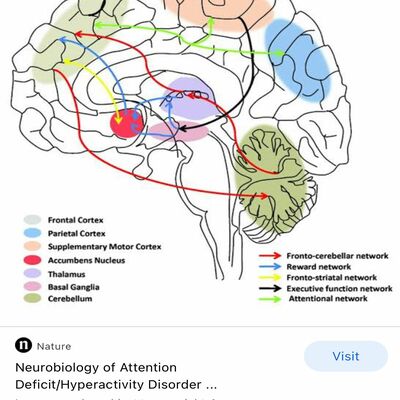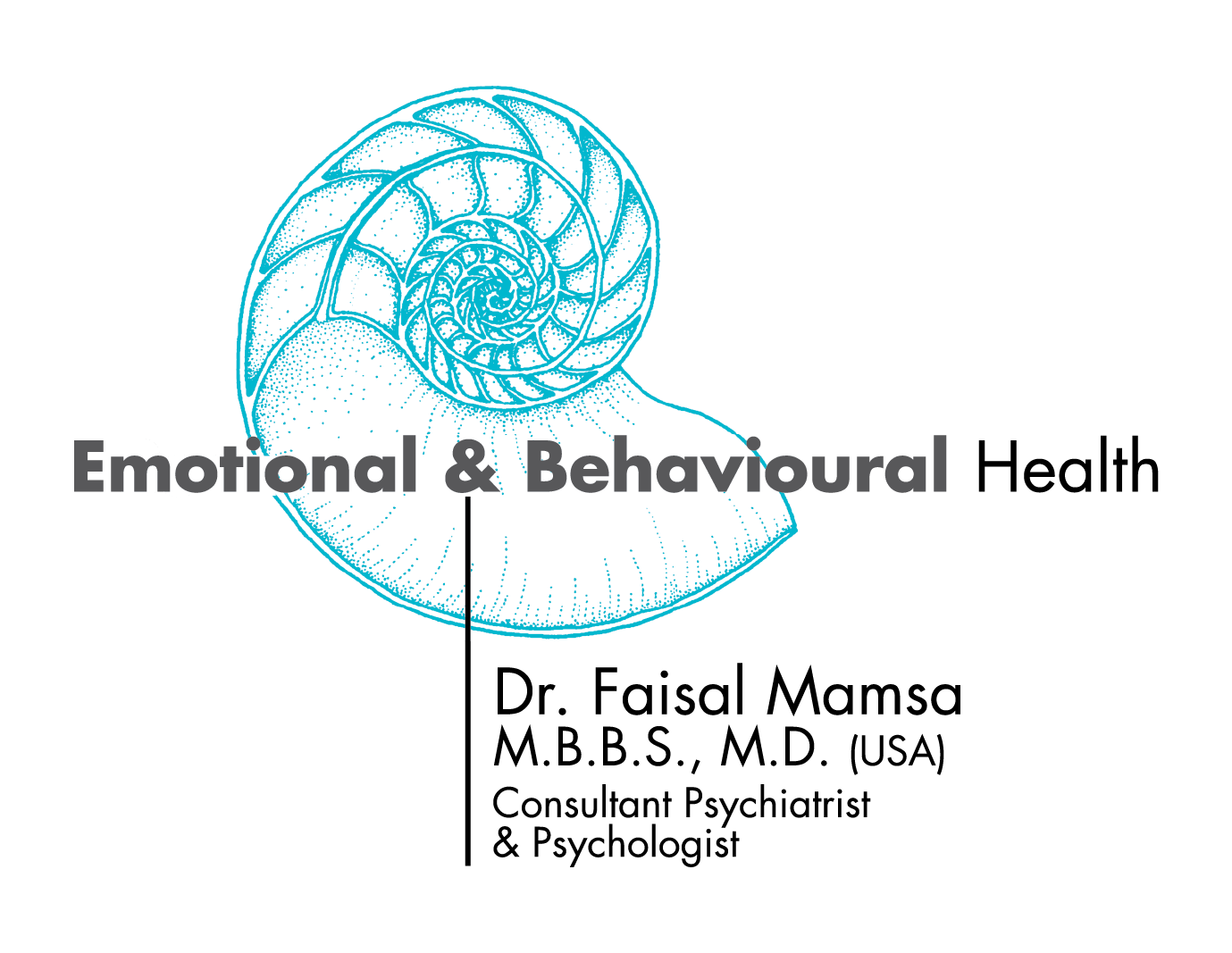ADD (attention deficit disorder) or ADHD (attention deficit hyperactive disorder)
What is ADD?
The term “Attention Deficit Disorder” (ADD) initially appeared in the third version of the Diagnostic and Statistical Manual of Mental Disorders (DSM-3), which is a reference manual for mental health professionals to diagnose mental conditions. At that time, ADD was divided into two subtypes:
– ADD with hyperactivity
– ADD without hyperactivity
ADHD stands for Attention Deficit Hyperactivity Disorder but that was in 1987, in the DSM-3. But now according to the DSM V, the attention deficit disorders are divided into two types, one with predominantly inattentive type and the other hyperactive five.
Why does ADD-or ADHD develop?
At the brain level, the involvement of the Area Called Superior Longitudinal Fascicules (SLF) and cortical-limbic areas may suggest complex audio-visual, motivational and emotional dysfunction.
Findings revealed that there is widespread changes and lack of maturation of white matter fiber bundles and gray matter density in the brain, such as the brain structural shape changes (incomplete maturation) of the middle and superior temporal gyrus, and front-basal portions of both frontal lobes. ADHD symptoms in childhood showed the strongest association with brain macro- and microstructural abnormalities. So basically there is abnormality in the frontal part of the brain as a result of which messages cannot be clearly sent to the other parts of the brain


What does ADHD/ADD do to humans? According to the DSM-5, ADHD is defined as a neurological disorder that causes a range of behavior problems such as difficulties with following instructions, focusing on work, completing tasks, and carrying out social interactions. ADHD is most commonly diagnosed in school-going children. The average age of diagnosis is 7-8 years when the complaints start coming from the school and when the patients see that the kid just cannot complete task, or do homework or is always on the go.
Then what is the definition of ADHD?
“Persistent pattern of inattention and or hyperactivity – impulsivity and it interferes with functioning and development characterized by 6 or more items of inattentiveness (mentioned below) or 6 or more items of hyperactivity- impulsivity mentioned below.”
1. Inattentive type
This type of ADHD describes the symptoms which were initially considered as symptoms of ADD (ADHD without hyperactivity).
Common symptoms include:
– Frequent forgetfulness
– Difficulty concentrating on tasks or activities
– Trouble paying attention to details or listening when other people speak
– A tendency to put off or avoid tasks that require long periods of mental effort, such as homework or work projects
– A habit of losing vital things needed for daily routines and activities
In this type of ADHD, there are rarely any symptoms of hyperactivity.
2. Hyperactive type
This type of ADHD, also called the hyperactive-impulsive type, is characterized by symptoms of hyperactivity and impulsivity.
Common symptoms include:
– Persistent feelings of restlessness
– A habit of finishing others’ sentences or giving an answer before someone finishes asking a question
– Difficulty sitting quietly, remaining still, or staying in one place
– Frequent fidgeting, squirming, or tapping hands and feet
– Excessive talking
– Trouble playing quietly or participating in relaxing activities
– Trouble staying seated in school, work, or other situations
This type of ADHD may also co-exist with other mental disorders such as anxiety disorders like OCD.
When diagnosing it’s always recommended that if it’s Combined type of presentation, predominately inattentive prevention or predominately hyperactivity/ impulsive type presentation.
So what is this combined type presentation?
This type consists of a combination of symptoms from both of the above mention types. This means that the patient shows symptoms of inattention as well as those of hyperactivity. Some experts suggest that the combined type of ADHD is more common than the other two types, especially in adults. However, this may also be the case because parents and teachers are usually unaware of the two other types of ADHD, so they may think that the child has combined ADHD without considering the other sub-types of ADHD. For this reason, it is necessary to seek help from a mental health professional so that a correct diagnosis is made, and consequently, the most effective treatment plan is devised.
How is ADHD diagnosed?
In order to be diagnosed with ADHD, children must:
– have some symptoms before the age of 12
– show symptoms in at least two different settings, e.g. school, home, work, with friends, or during recreational activities
– have symptoms severe enough to interfere with function at school, work, or in social situations
It should be noted, however, that adults can also be diagnosed with ADHD. The everyday stressors (such as work life, relationships and familial responsibilities) may worsen the symptoms of ADHD in adults and as a result, may significantly affect their quality of life. Thus, it is important to seek help, as it is possible to manage symptoms of ADHD and to consequently improve your quality of life.
About us:
I use multi-modal treatment methodology which involves a combination of expertise in psychopharmacology (medical treatment – if needed) with psychotherapy. I emphasize a strong belief in the additive effect of various treatment modalities to work in conjunction rather than simply prescribing medication. For more information.
